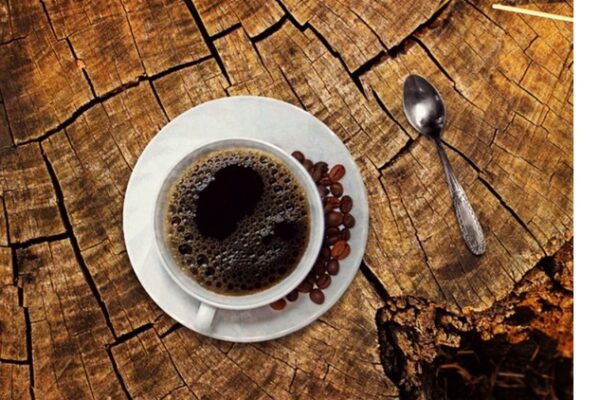A custom bat allows a player to tailor every aspect of their equipment to fit their preferences, from wood type and size to color and personalization. The primary benefit of a custom bat is that it enhances performance and comfort by matching the player’s unique style and needs. Whether made from wood or metal, customizing ensures the bat feels like an extension of the player.
Customization options often include selecting barrel shape, weight, grip style, and aesthetic details like decals or engraving. This flexibility appeals not only to serious athletes seeking optimal play but also to fans and collectors wanting a bat that stands out visually and personally. The ability to choose precise specifications makes custom bats valuable tools for both performance and identity.
Understanding Custom Bats
Custom bats offer tailored options that align with a player’s unique needs. Key factors include the bat’s design, materials, size, and types available, all impacting performance and comfort.
What Is a Custom Bat
A custom bat is tailored to meet specific player preferences in weight, length, shape, and aesthetics. Unlike standard bats, these are designed for optimal feel and performance based on individual swing style and skill level.
Players can select details like grip texture, barrel profile, and handle thickness. This level of personalization supports better control and confidence at the plate.
Custom bats also allow for personalized engravings or colors that reflect the player’s identity, combining function with style.
Materials and Construction
Wood and composite materials are the primary choices for custom bats. Wood options include ash, maple, and birch, each differing in weight, durability, and grain pattern.
Composite bats utilize carbon fiber or similar materials, offering increased durability and a larger sweet spot but are often restricted in certain leagues.
The construction quality affects performance. For example, a one-piece wood bat offers a traditional, solid feel, while two-piece composite bats absorb vibration better.
Custom manufacturers use precise machining to ensure the bat meets exact specifications for balance and swing dynamics.
Custom Bat Sizing
Correct bat size is crucial for maximizing swing speed and control. Length typically ranges from 28 to 34 inches, depending on a player’s height and position.
Weight is measured in ounces, with the “drop” defined as the length minus weight (e.g., a 32-inch, 30-ounce bat has a drop of -2).
Players choose a drop weight to balance power and speed. In general, smaller, faster players prefer a larger drop weight for swing speed, while power hitters opt for a lower drop.
Handle diameter also affects grip, with customizable thicknesses improving comfort and reducing hand fatigue during play.
Types of Custom Bats
Custom bats fall mainly into wooden and metal categories, with further variations within these groups.
Wooden custom bats are favored by traditionalists and professionals for the natural feel and regulatory compliance in many leagues.
Metal bats include aluminum and composite options. Aluminum is lighter and durable, popular in amateur leagues. Composite bats offer advanced technology for performance enhancement but may have league restrictions.
Within wooden bats, players can choose between ash (flexible), maple (hard and dense), or birch (a balance of both), depending on their hitting style.
Each bat type offers distinct advantages that influence trajectory, power, and durability based on player needs.
Designing and Ordering a Custom Bat
Custom bats are built to exact specifications, balancing performance with personal style. Selecting the right features, adding unique touches, and working closely with experienced bat makers ensures the final product meets both functional and aesthetic goals.
Choosing Bat Features
The first step in designing a custom bat involves selecting its core physical attributes. Wood type is essential; common options like maple, ash, and birch each offer different durability and feel. Length and weight should correspond to the player’s size and hitting style, affecting swing speed and control.
Barrel diameter and shape influence the hitting surface and balance. Many builders offer options for handle thickness and knob style to optimize grip comfort. Colors and finishes may also be customizable, allowing a combination of painted or natural wood looks.
These decisions impact the bat’s performance and durability. Players often rely on experience or consultation to choose features that suit their game best.
Personalization Options
Most custom bats allow for detailed personalization beyond basic specifications. Engravings with names, numbers, or logos add a distinct identity to the bat. Some companies provide color choices for logos, carvings, or paint schemes.
Fonts and placement of text may be selectable to achieve the desired appearance. Personalized grips or tape can be included for additional comfort and style.
Personalization not only reflects the player’s personality but can also make the bat ideal as a gift or keepsake. This level of customization often involves proofs or mockups before final production.
Working With Bat Makers
Choosing a reliable bat maker is critical to turning a design into reality. Reputable makers offer consultation services, answering questions about material choices and design elements.
Many provide custom bat builders online where customers can configure features step-by-step. Communication is key, especially for unique or complex requests.
Lead times vary based on craftsmanship and order volume but often range from a few weeks to about a month. Quality checks ensure the bat meets specifications before shipping.
Experienced bat makers focus on combining traditional skills with customer input for precision and satisfaction.






